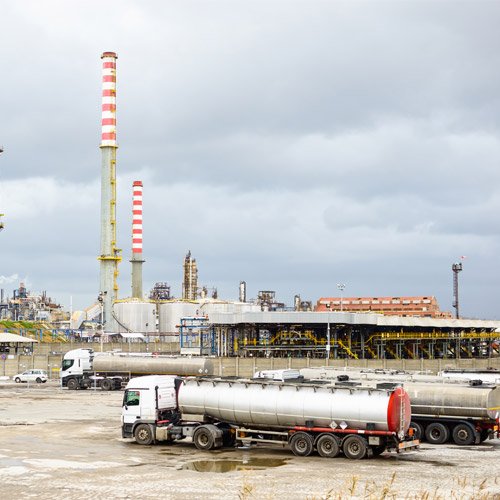In energy-intensive industries like oil and gas, efficient fluid control systems are critical for both performance and safety. At the heart of these systems are industrial valves—devices that manage pressure, isolate flow, and regulate operational conditions. The oil and gas sector depends heavily on these components across all stages of production, transportation, and refining. Increasingly, sourcing is being directed toward India, where valve manufacturing excellence has been established through technology, expertise, and global vision.
Valves used in this sector vary widely depending on the application. Gate valves provide unrestricted flow when open and are typically used where infrequent operation is expected. For flow modulation, globe valves are employed due to their superior control capabilities. Ball valves are preferred for quick shut-off and minimal leakage. Safety valves act as fail-safe mechanisms to protect systems from pressure buildup, while check valves prevent backflow that could damage equipment or interrupt processes. Complex operations often integrate control valves for continuous system optimization under automated controls.
Indian manufacturers have embraced technological advancement to deliver world-class products. From design simulation to real-time diagnostics during testing, smart manufacturing processes are being implemented across production lines. Materials like duplex steel, Inconel, and Hastelloy are being used for challenging environments. Each valve is rigorously tested and verified to meet international benchmarks including API 600, API 6D, ISO 15848, and ASME standards.
Moreover, Indian oil and gas valve manufacturers are appreciated for their cost competitiveness. High-quality products are offered at a fraction of the cost compared to Western manufacturers, making India an ideal sourcing destination. Engineering customization, prompt deliveries, and strong logistical support further enhance their value proposition. As a result, several industrial valve suppliers for oil and gas from India are already operating as OEMs or long-term partners for multinational EPC firms.
Indian companies serve clients across upstream, midstream, and downstream activities. In upstream exploration, rugged and corrosion-resistant valves are installed in subsea and desert environments. In midstream transportation, valves are used to manage high-volume flows in long-distance pipelines. The downstream sector, which includes petrochemical and LNG terminals, demands extreme pressure- and temperature-resistant valves designed for continuous duty cycles.
India’s export performance in this field is notable. Leading India valve exporters for oil and gas have established supply chains to the Gulf, the U.S., Russia, and parts of Europe. These firms have built credibility by maintaining transparency, delivering quality-assured products, and offering dedicated project management services to foreign clients. This positions India as a rising hub for high-pressure valve manufacturers globally.
To summarize, the oil and gas industry thrives on reliability and safety—qualities that are consistently delivered by trusted manufacturers like Freture Techno, a leading oil and gas industry valve manufacturer in India. By combining precision engineering, material innovation, and affordability, Indian suppliers are becoming go-to partners in major infrastructure projects worldwide. Their role is set to grow further as global energy demands continue to rise and infrastructure upgrades are prioritized.







